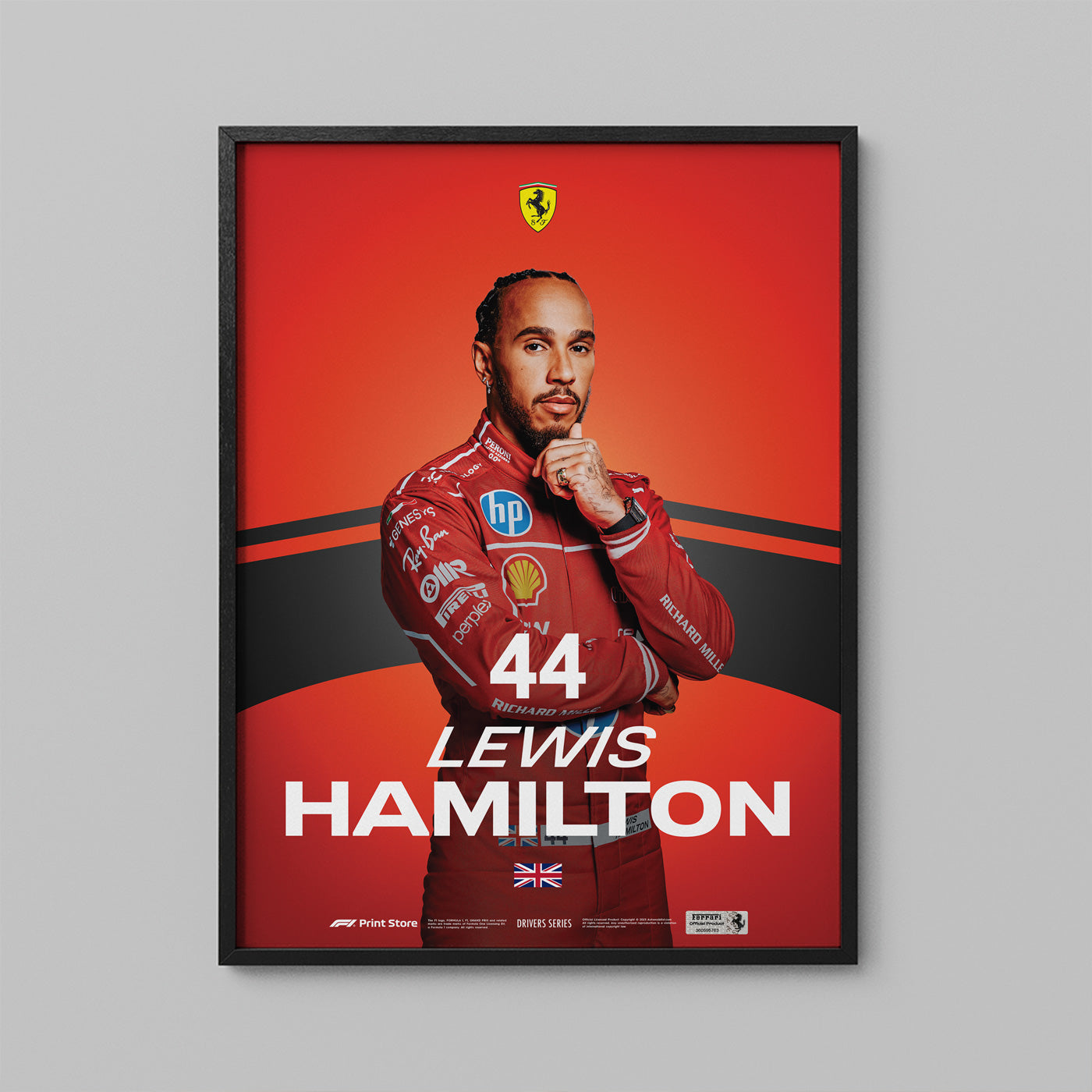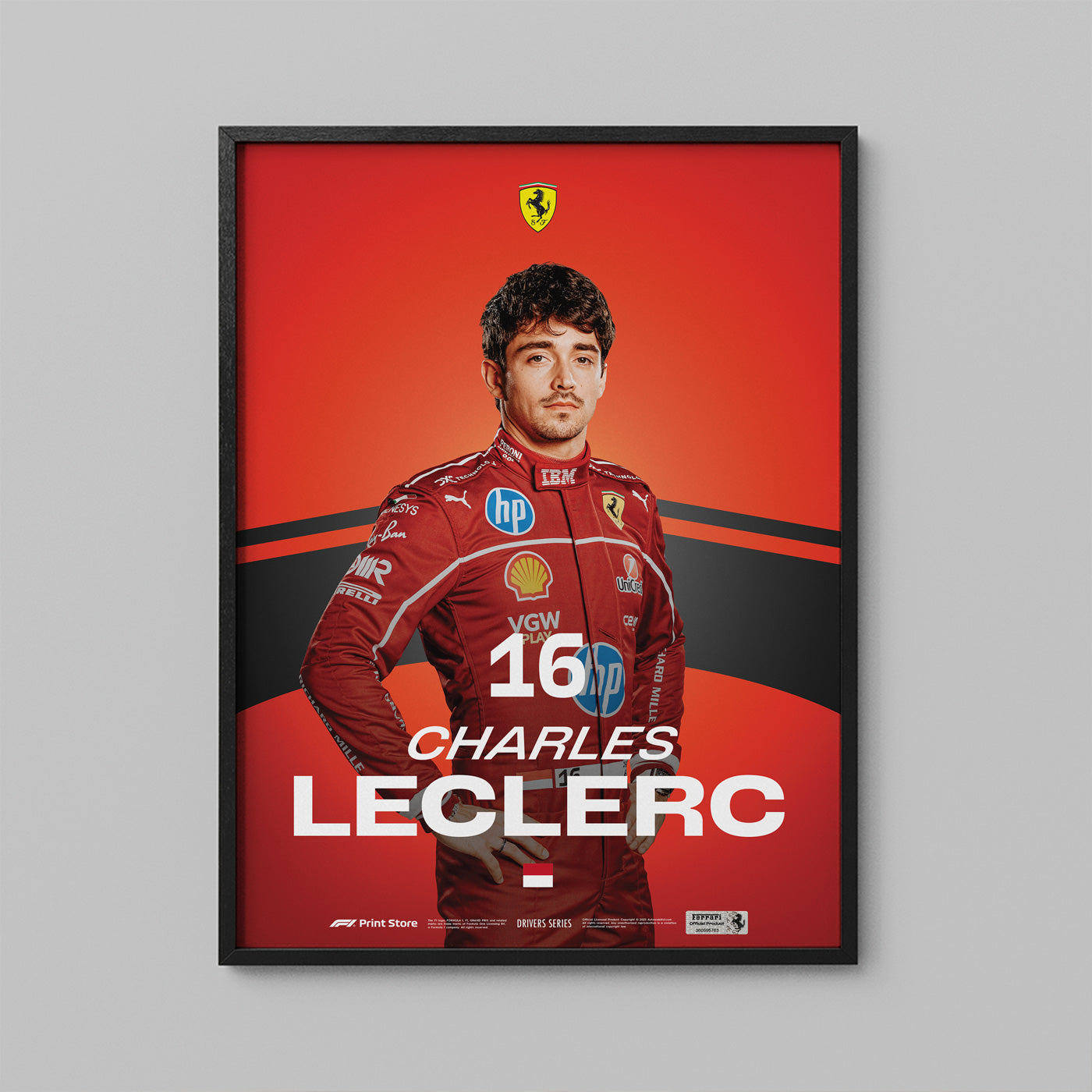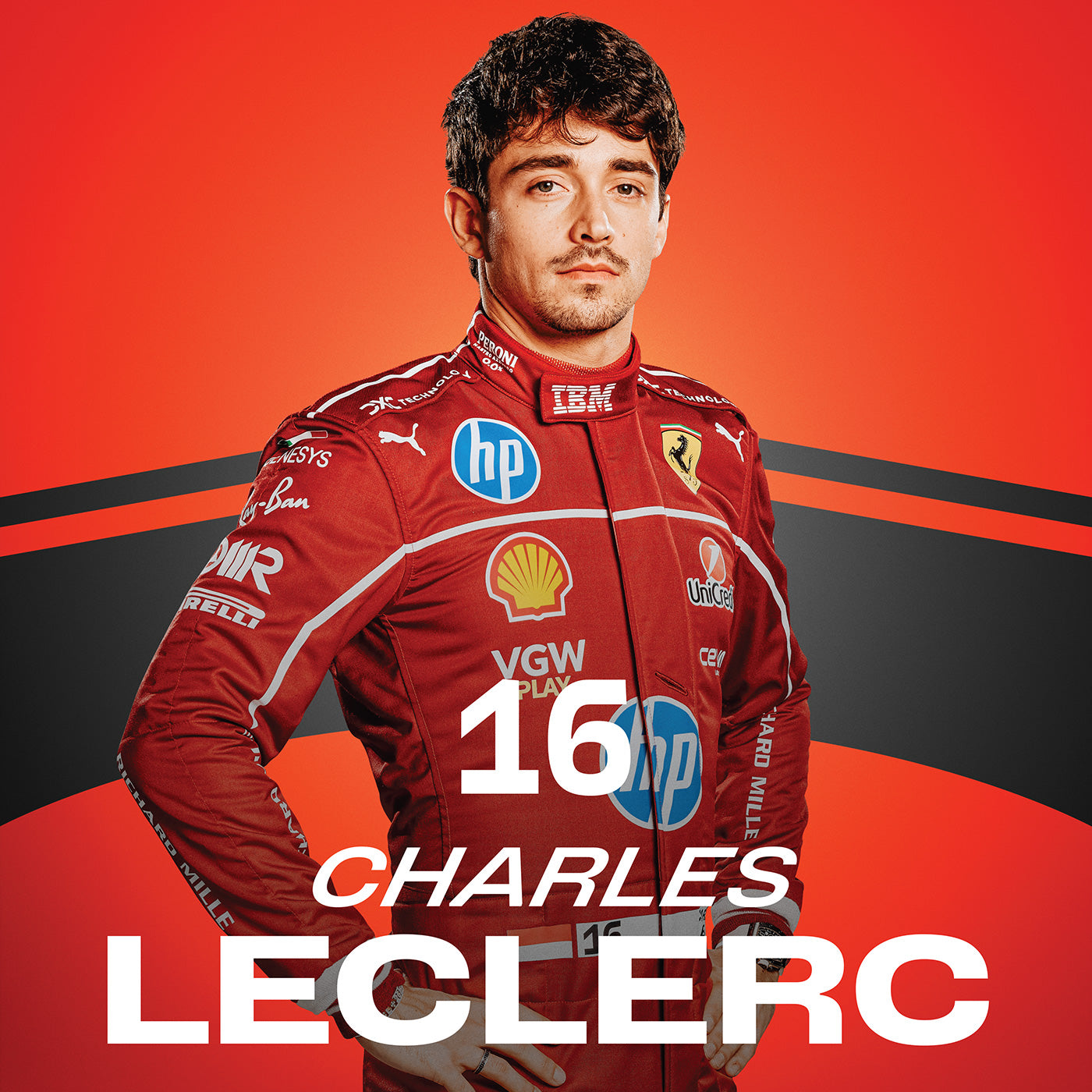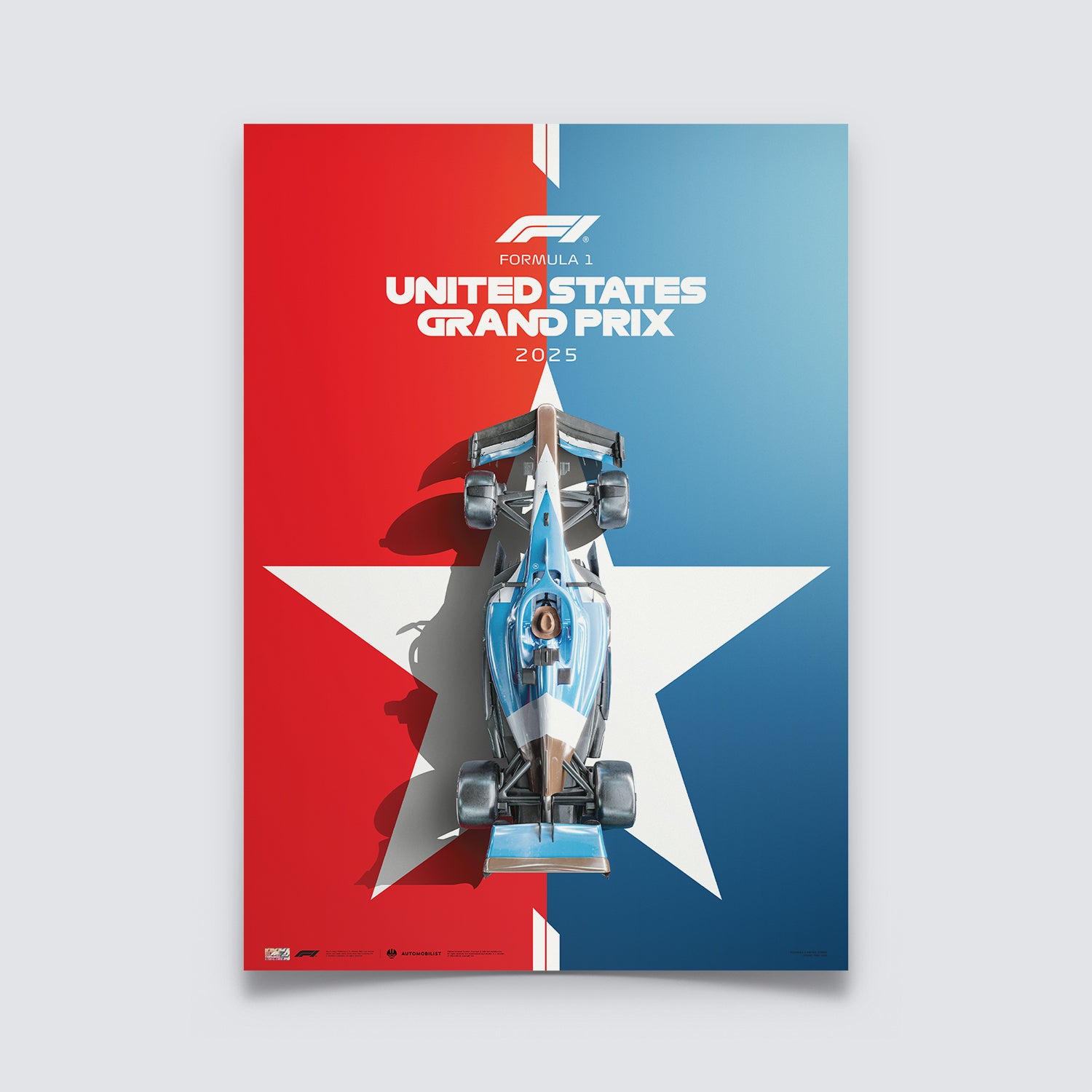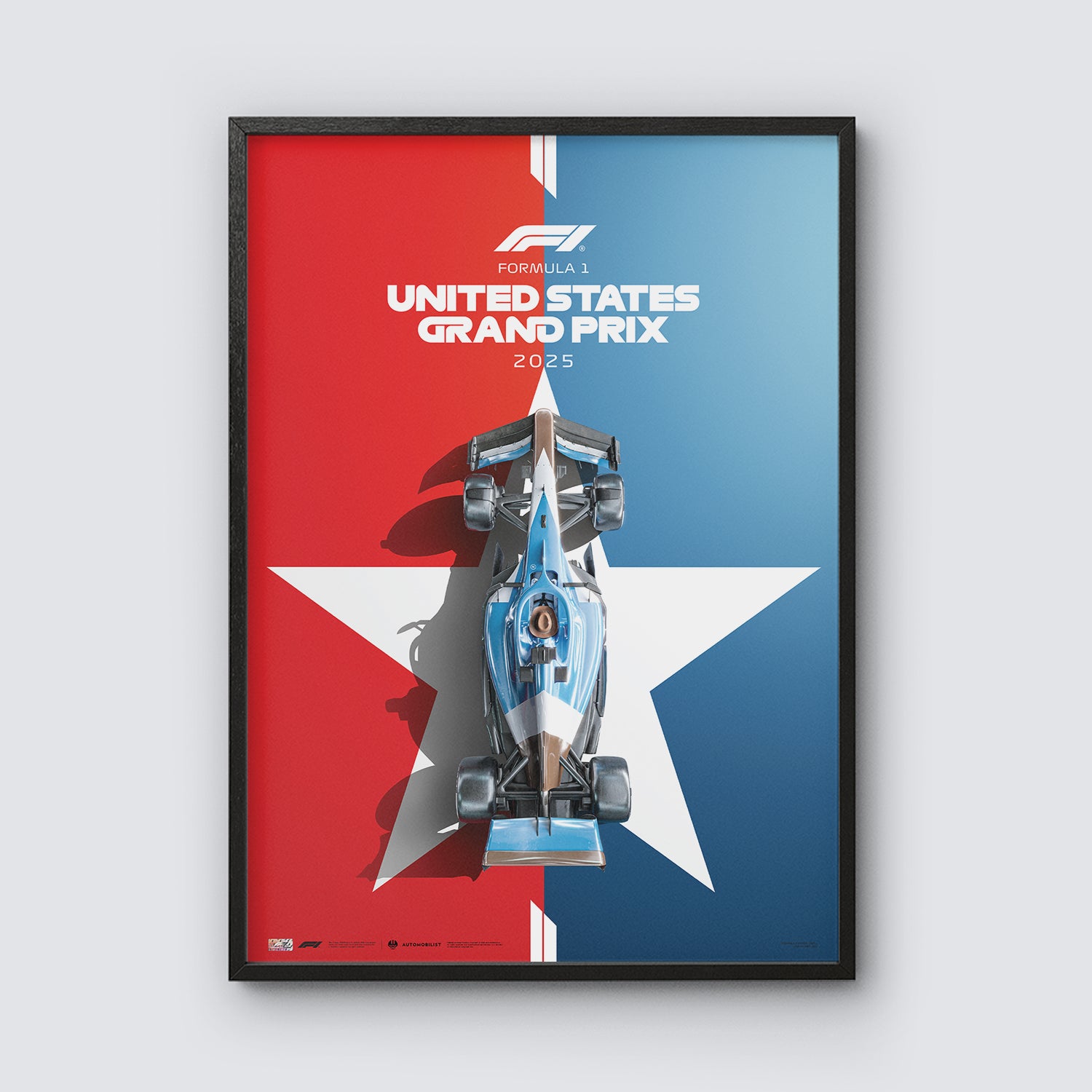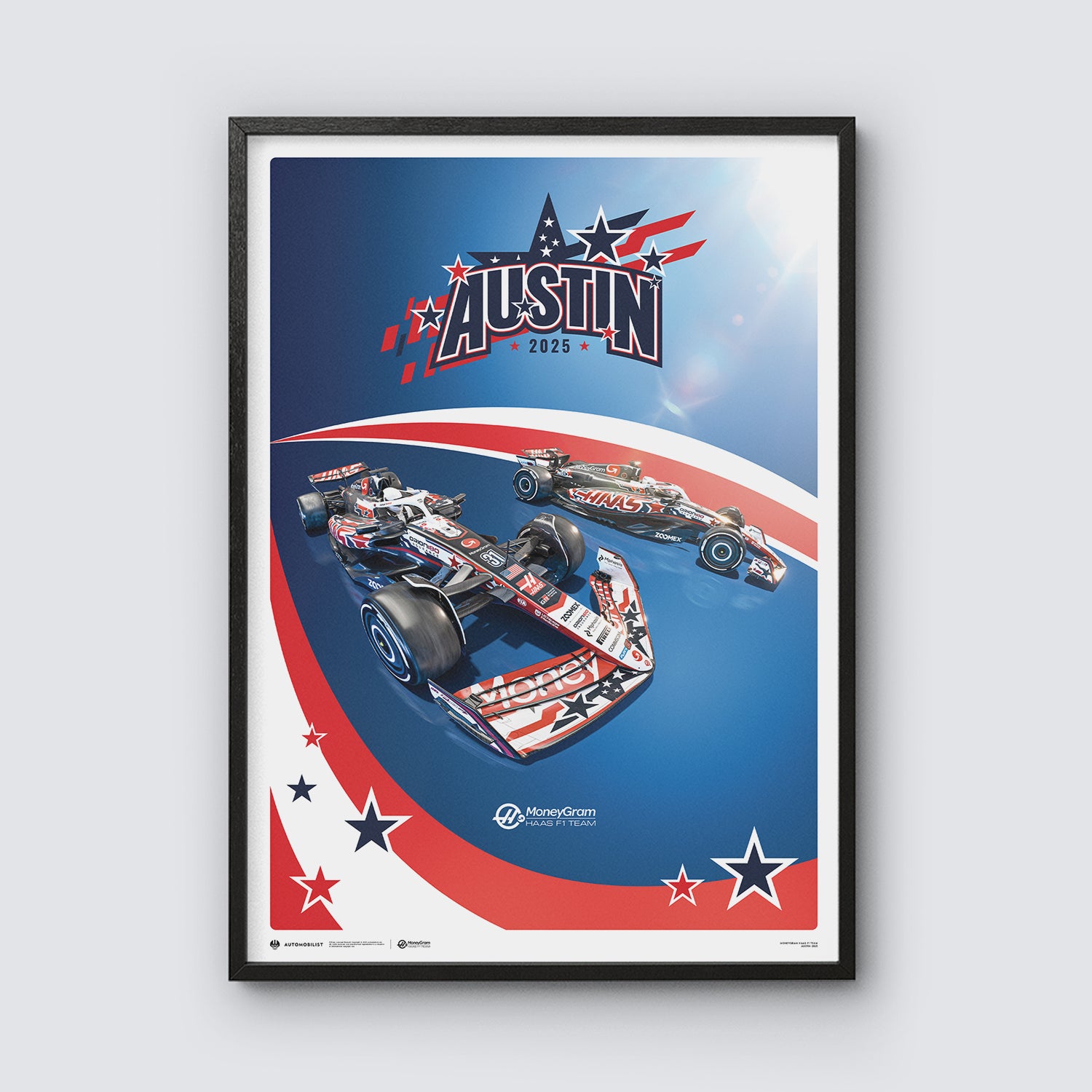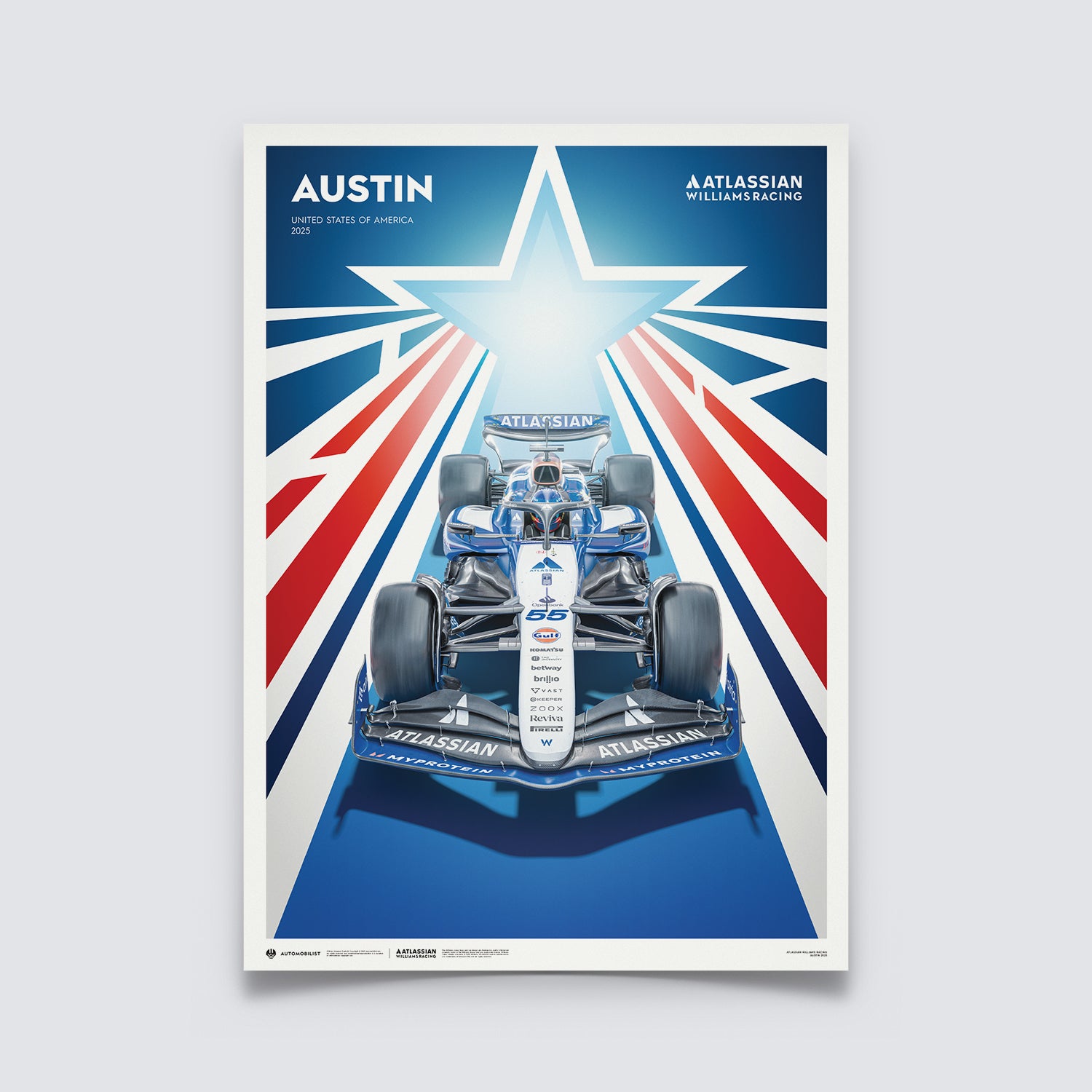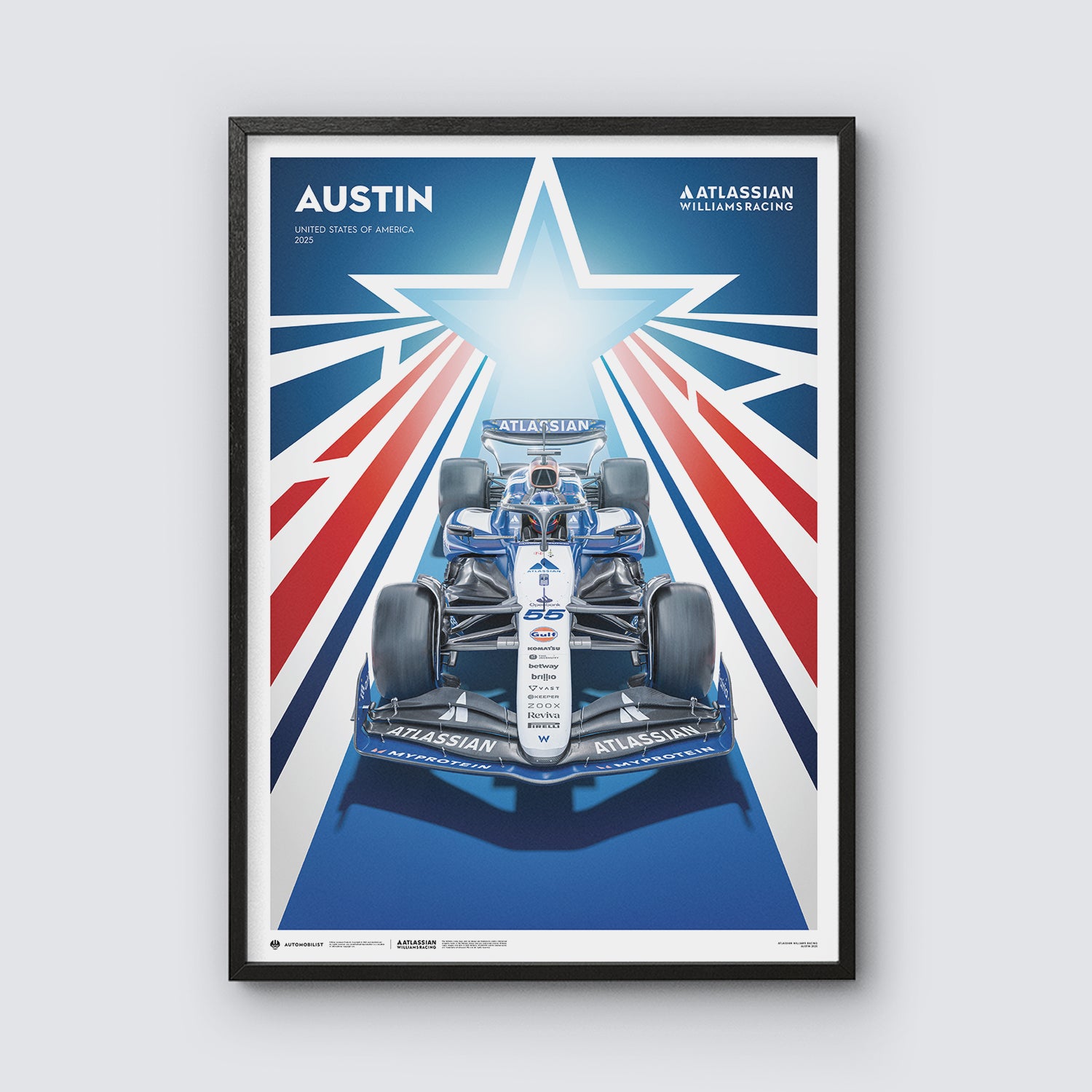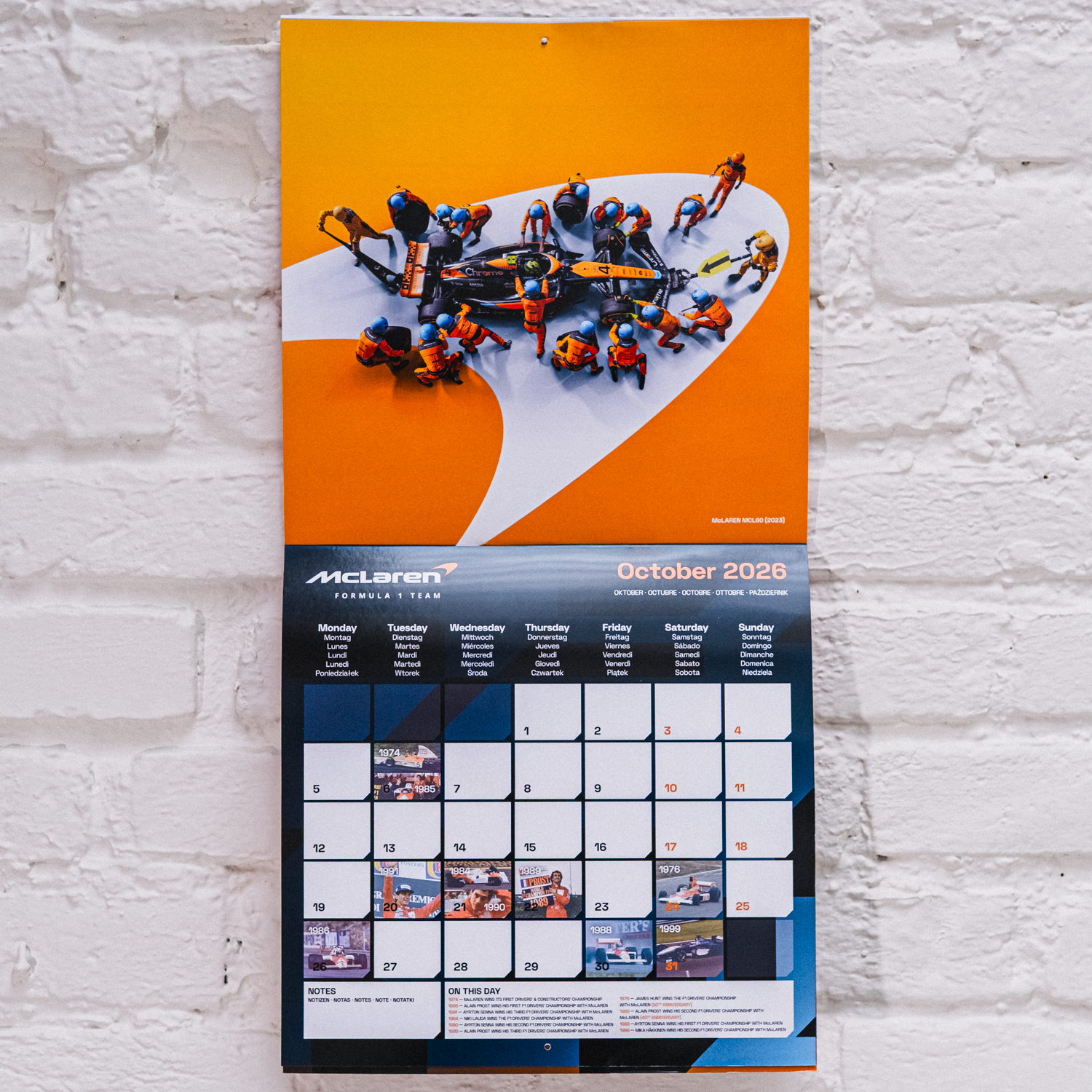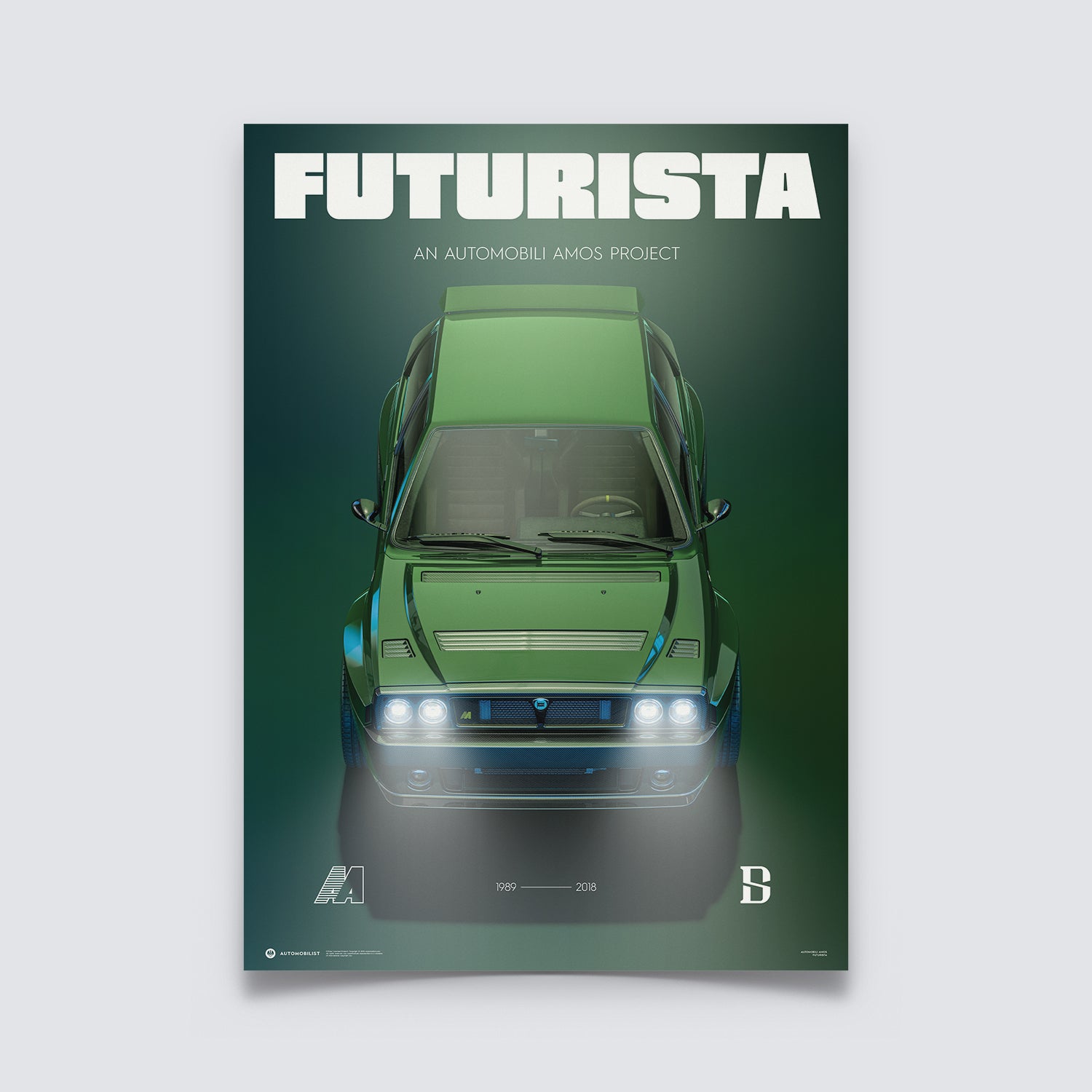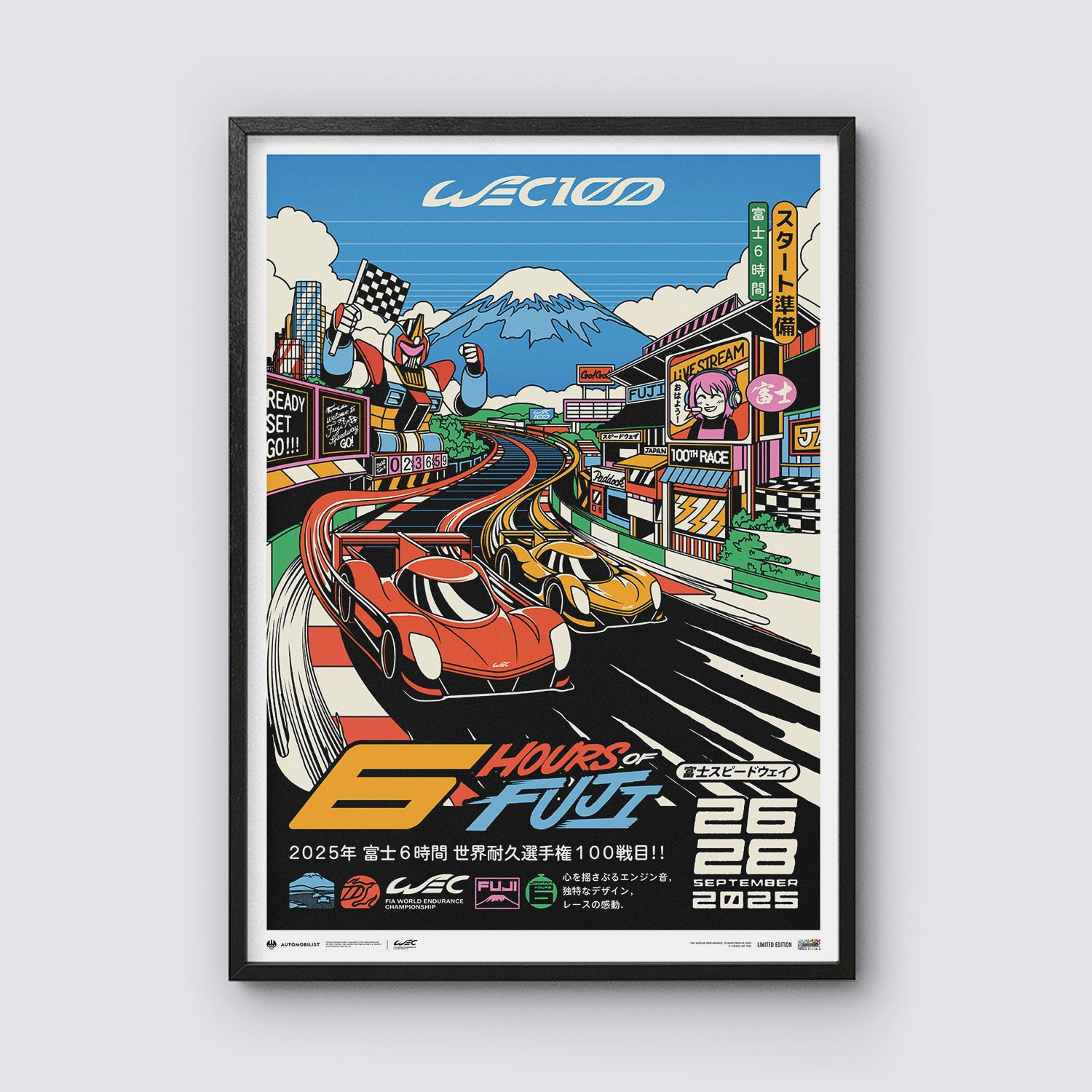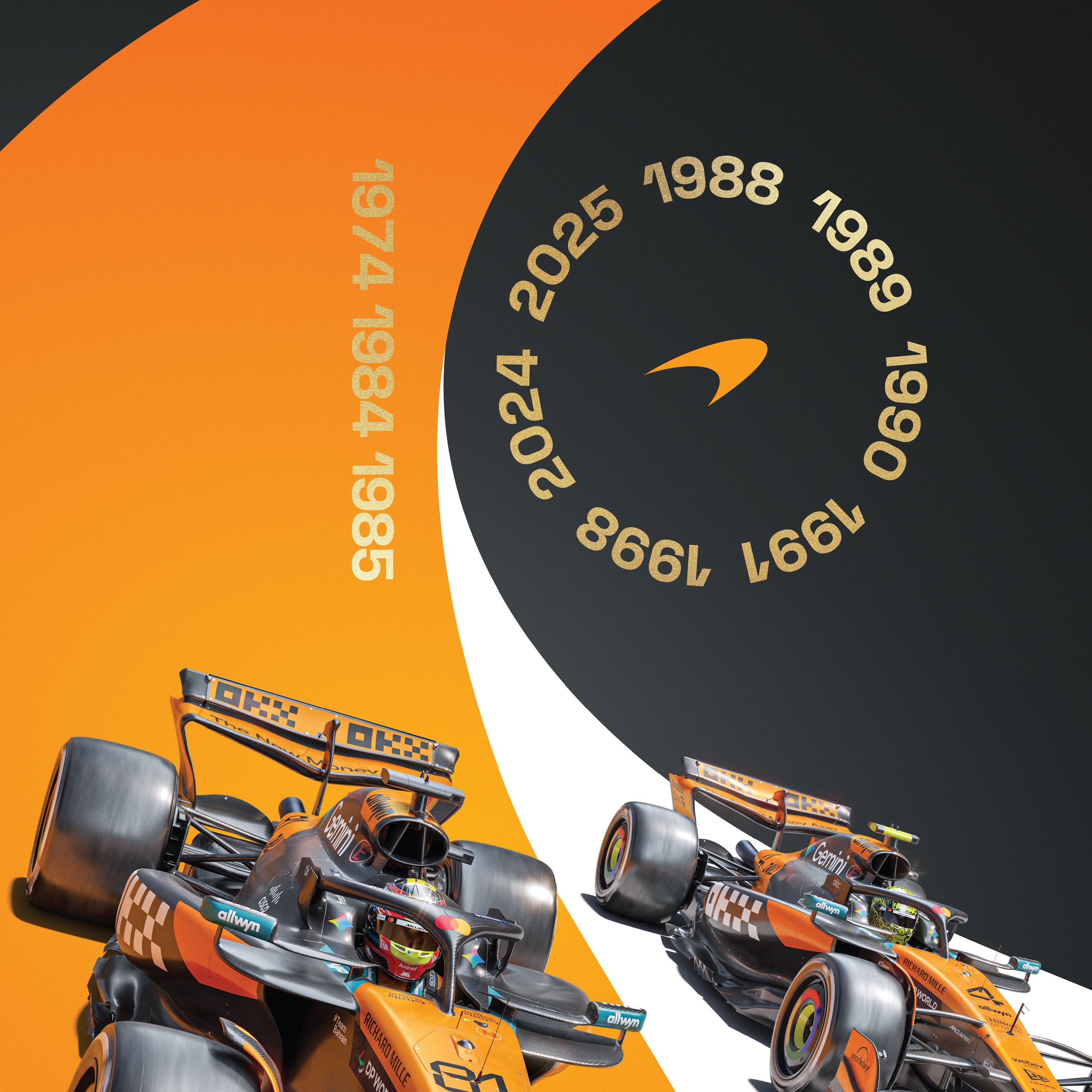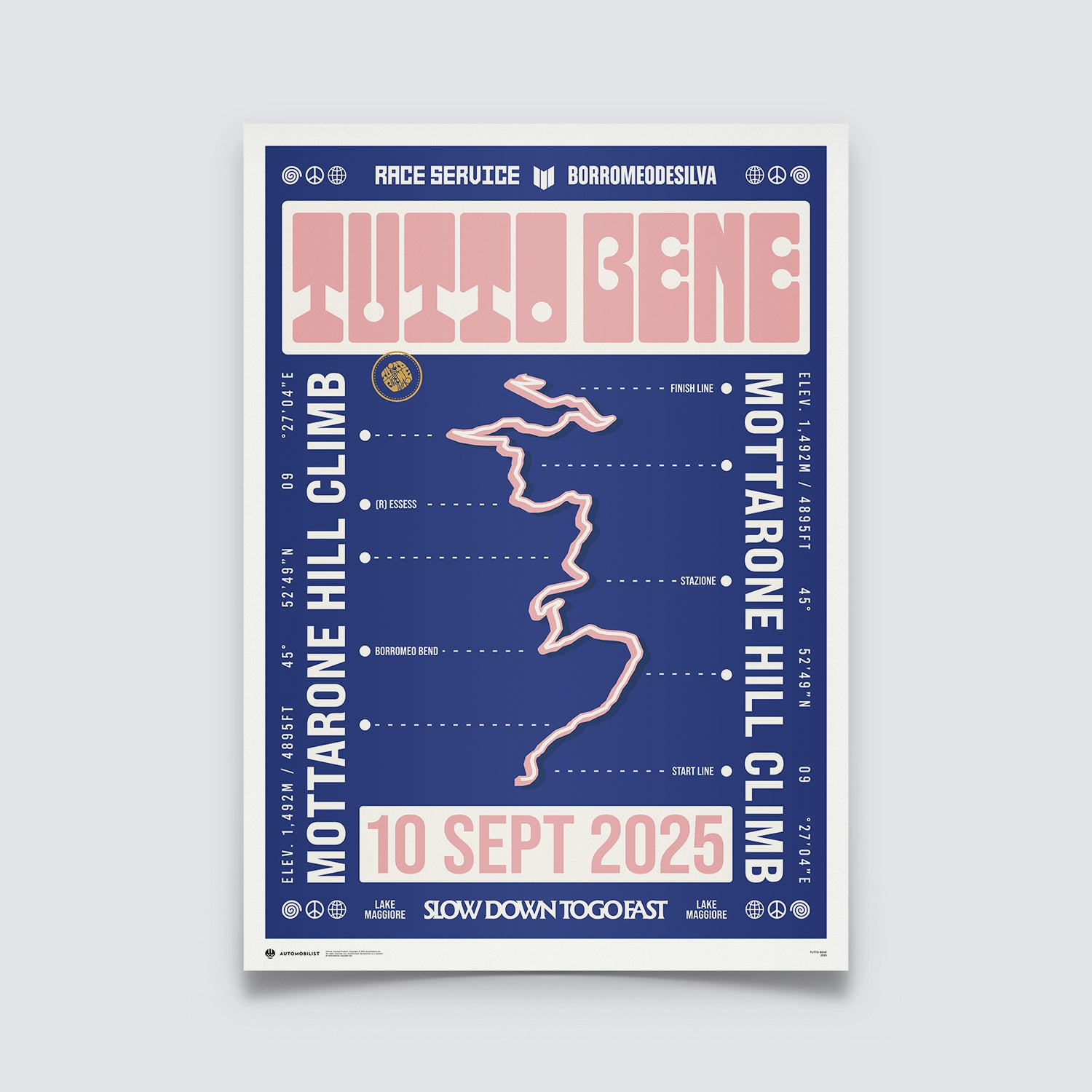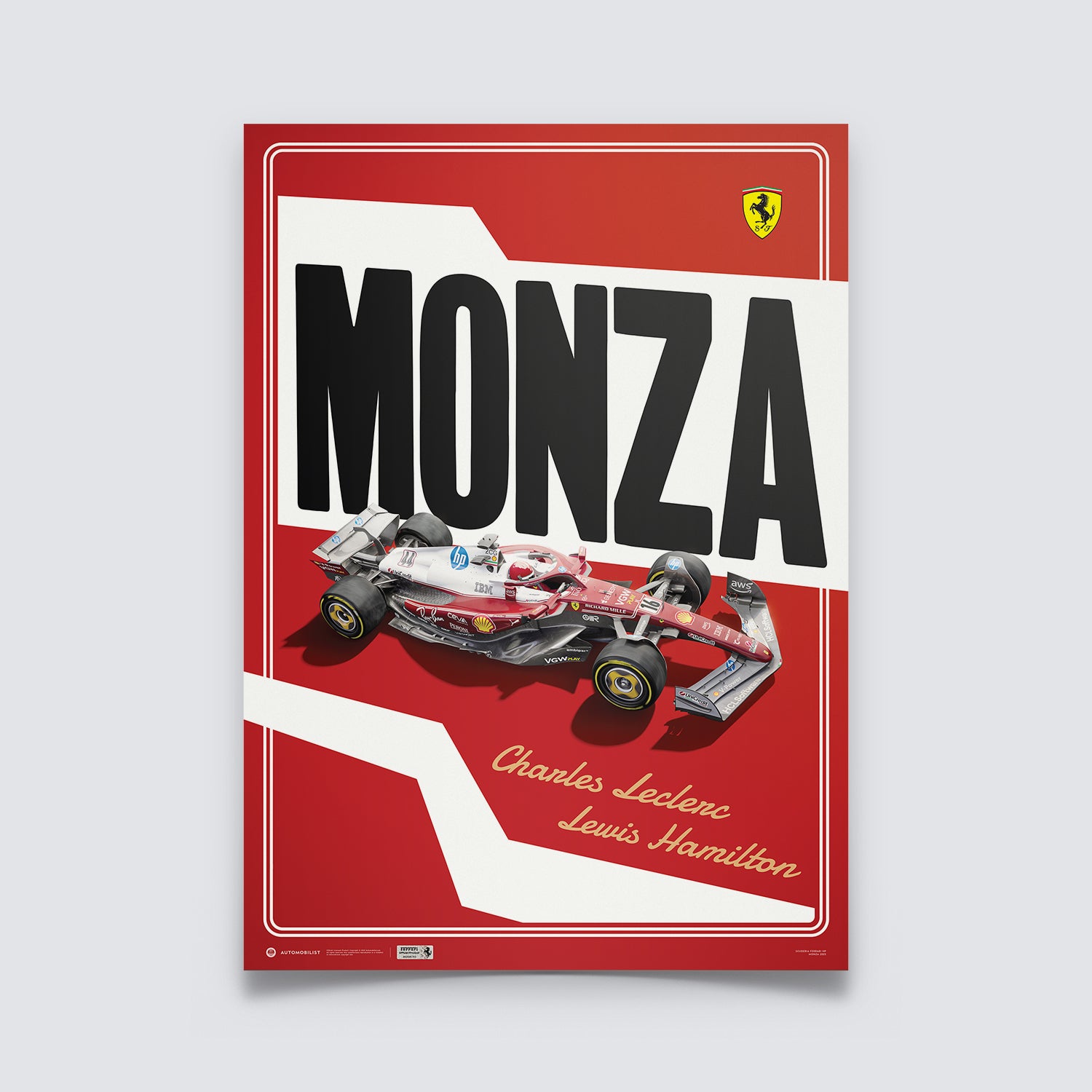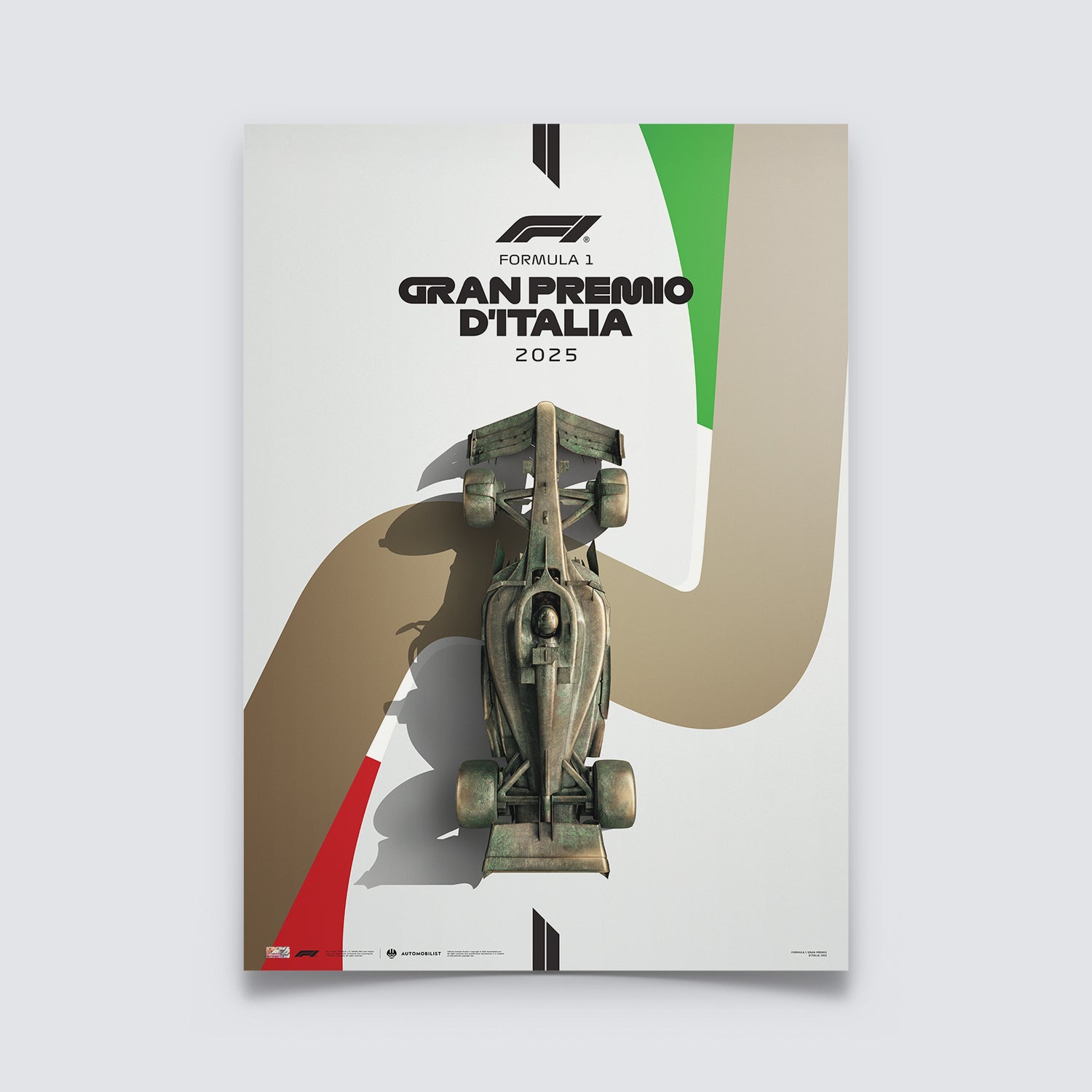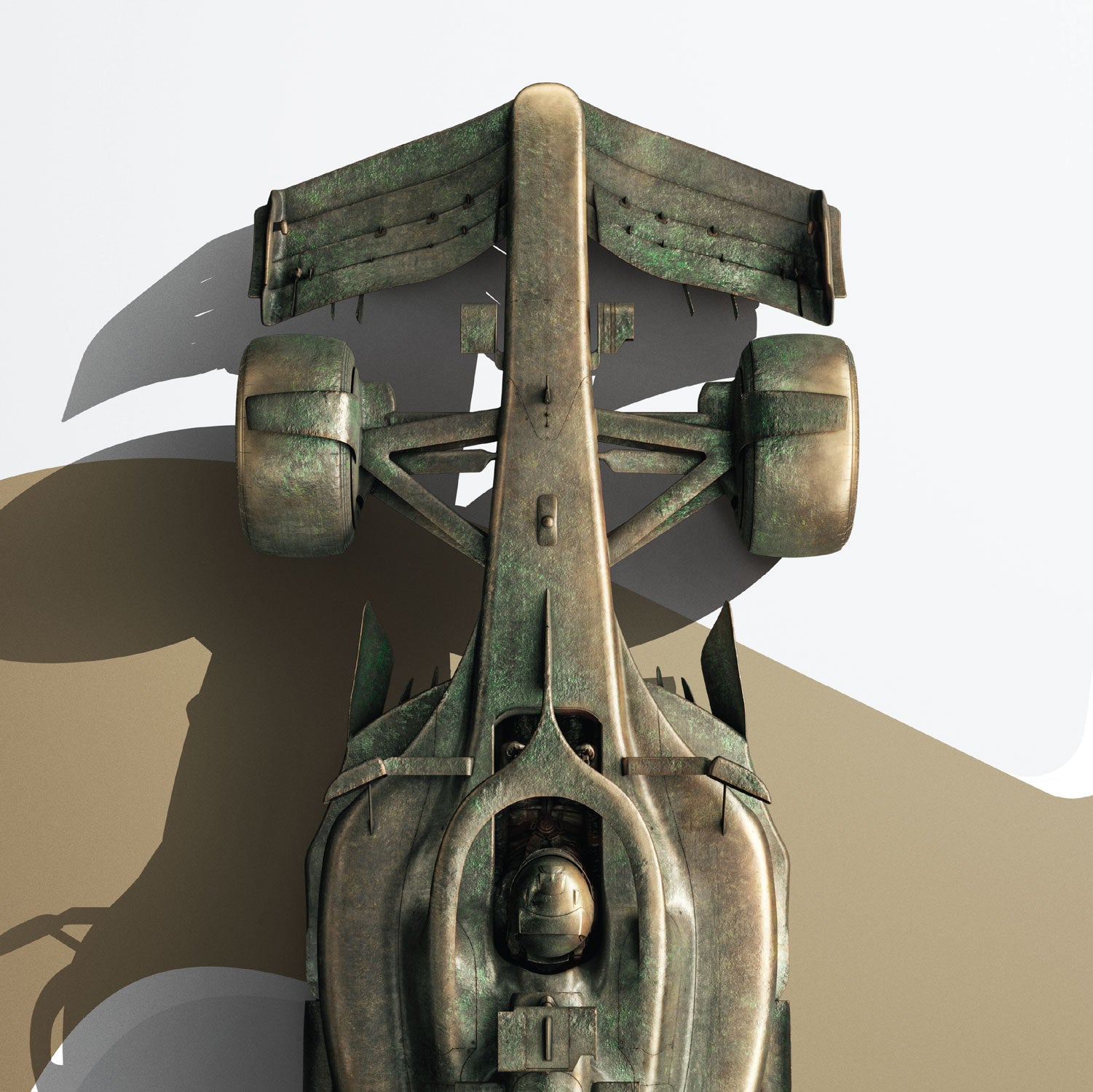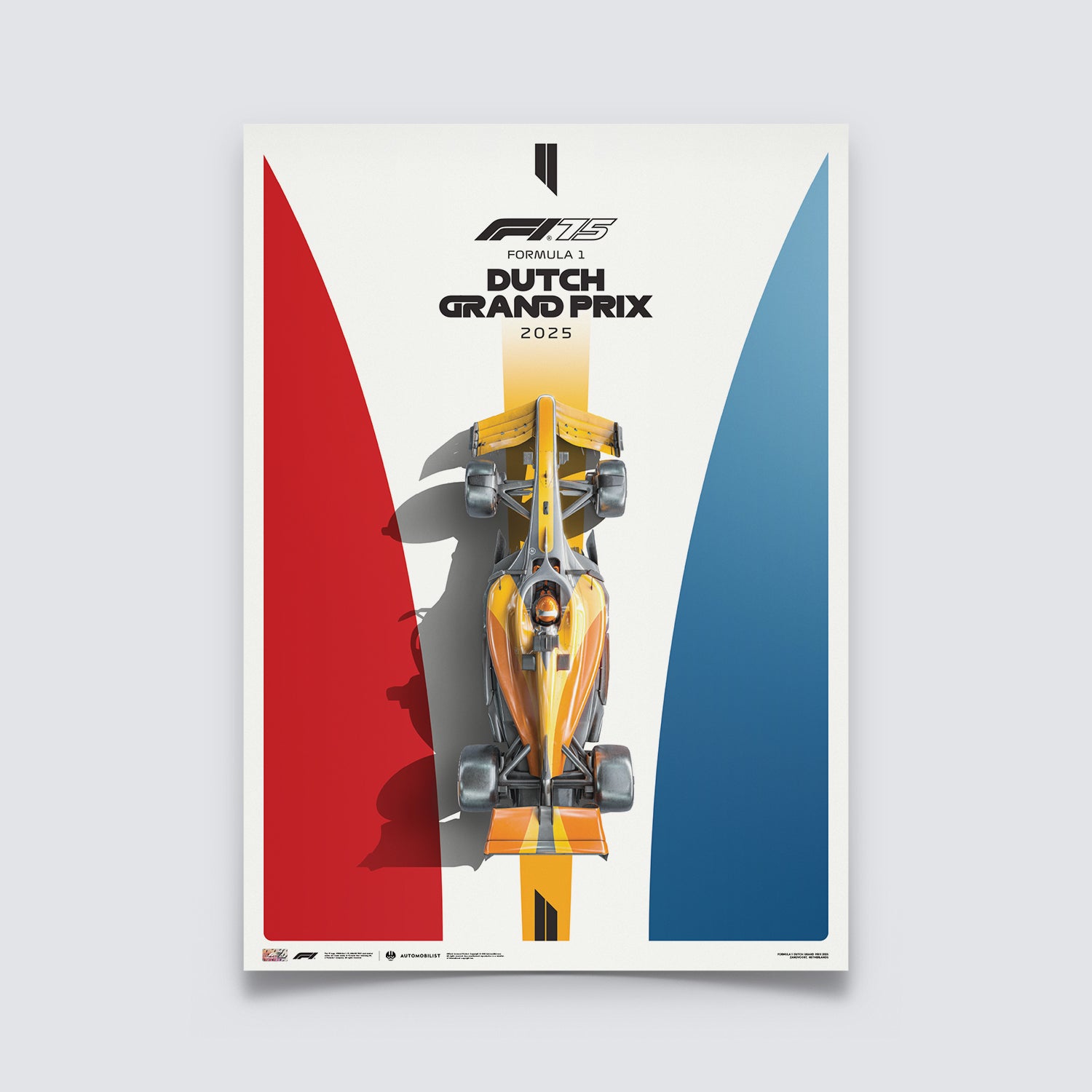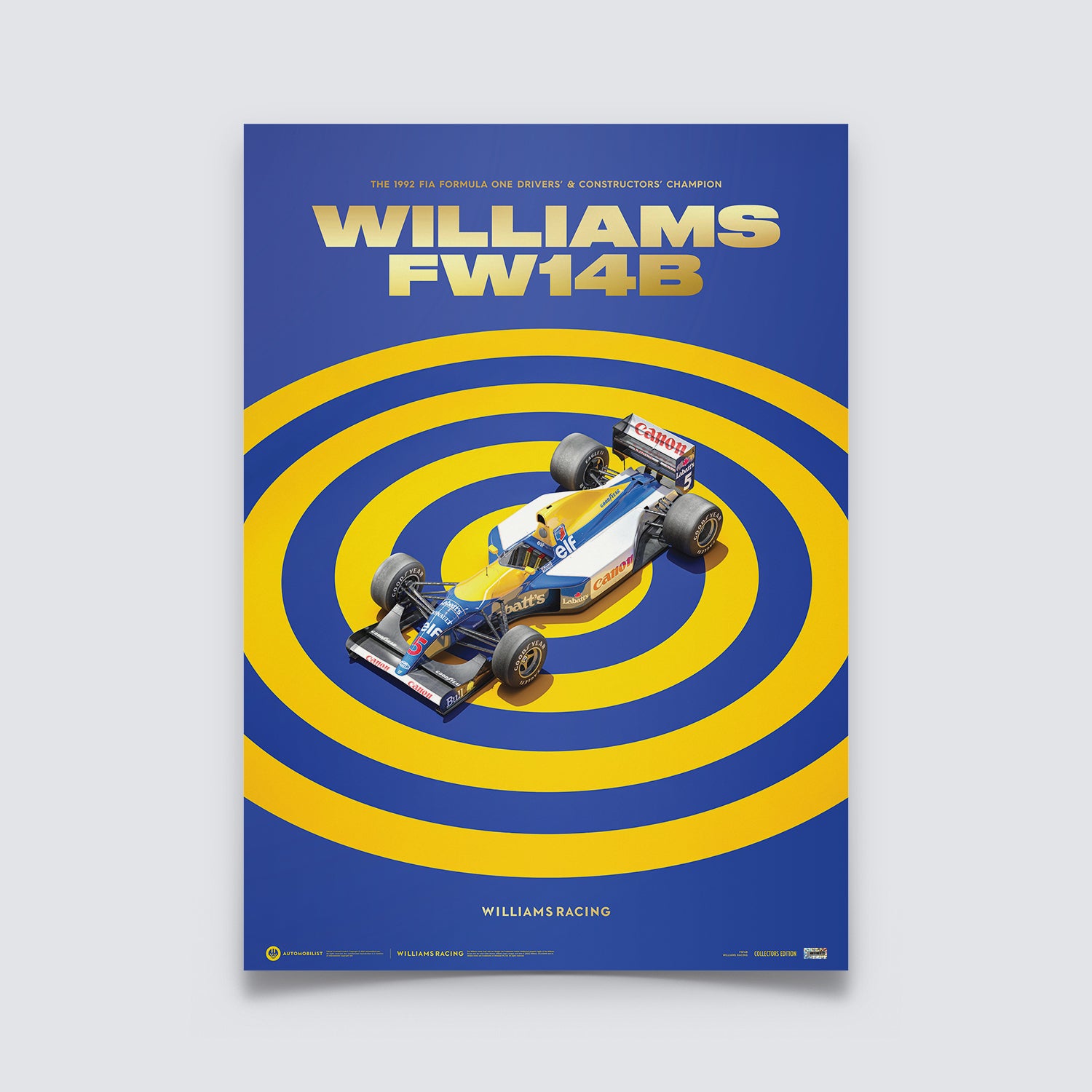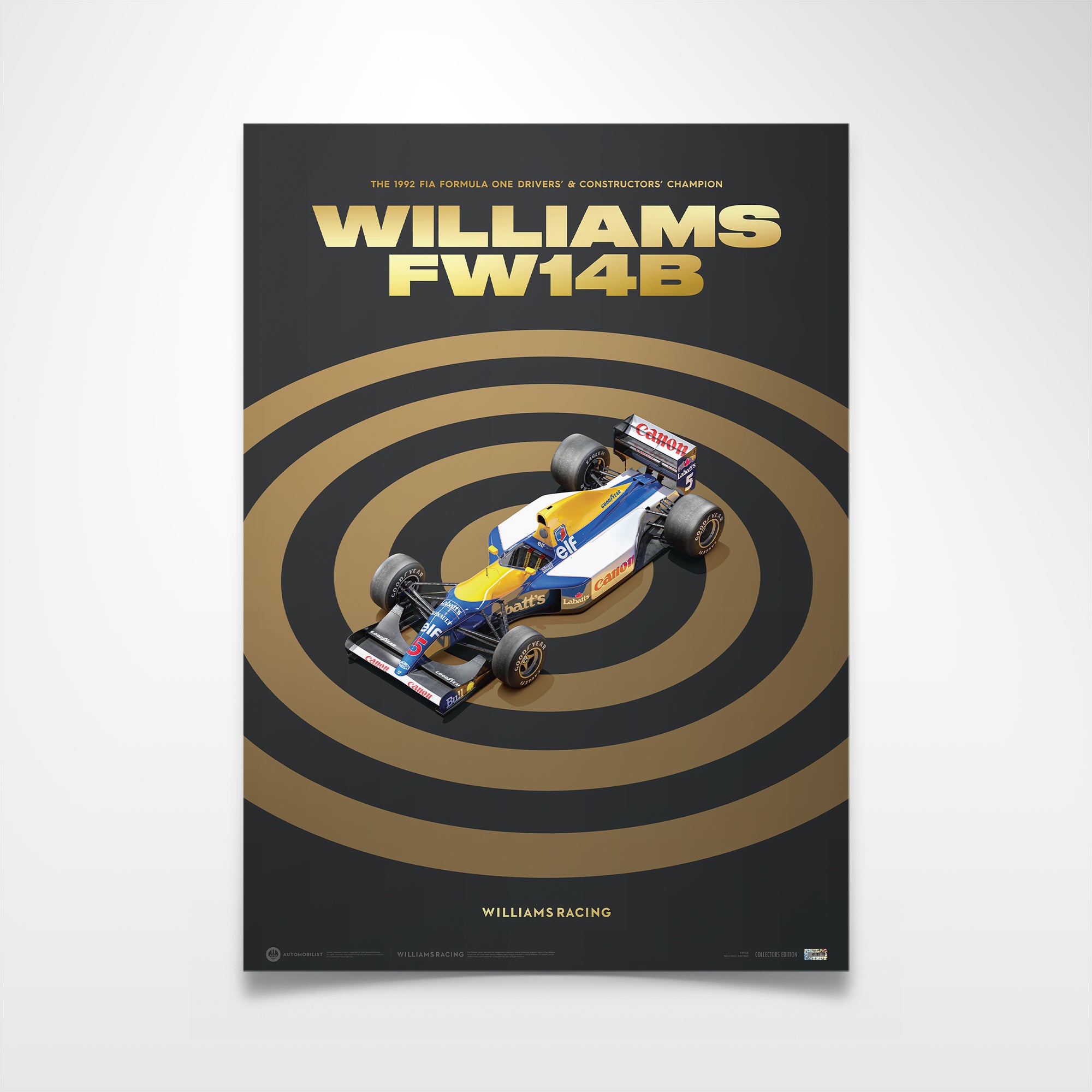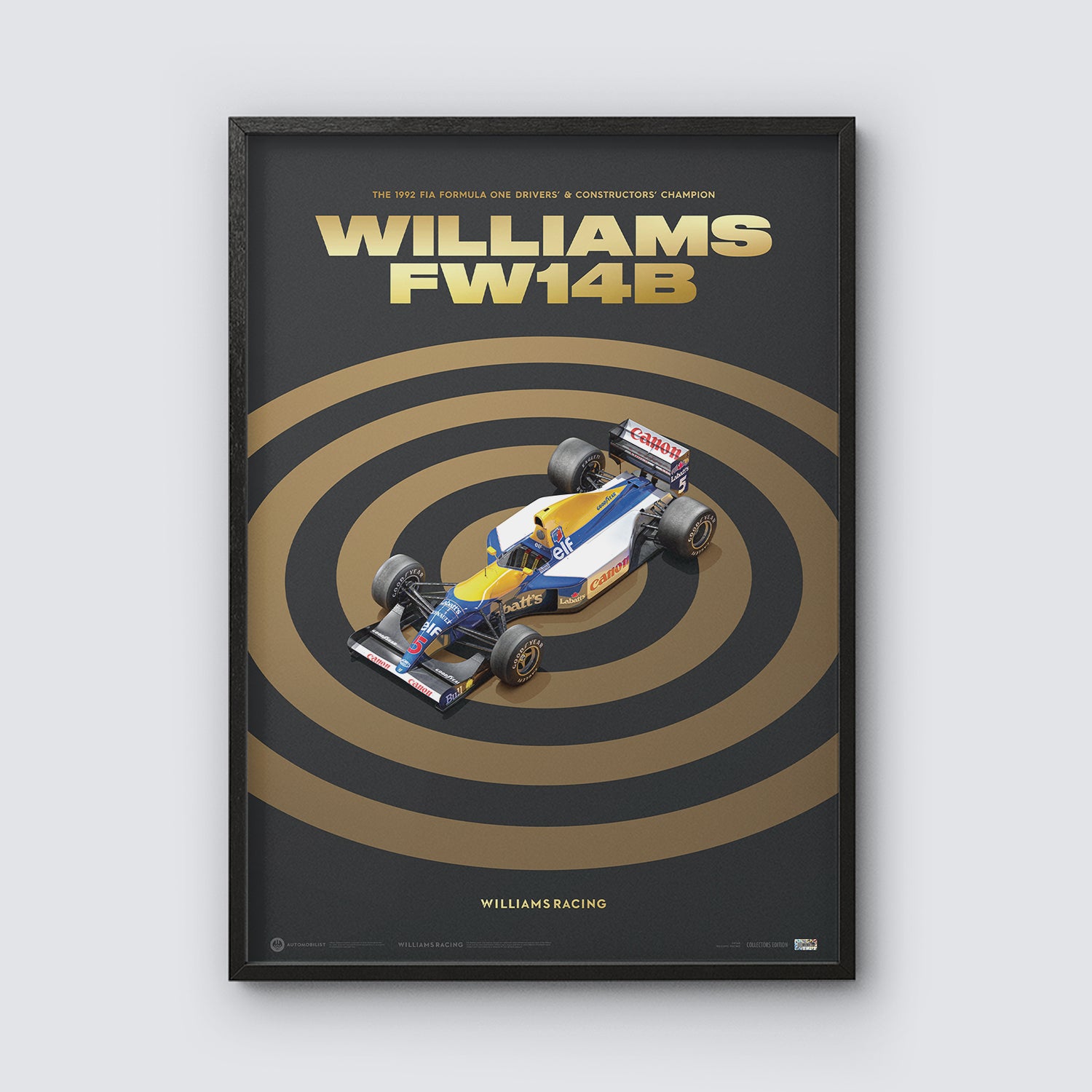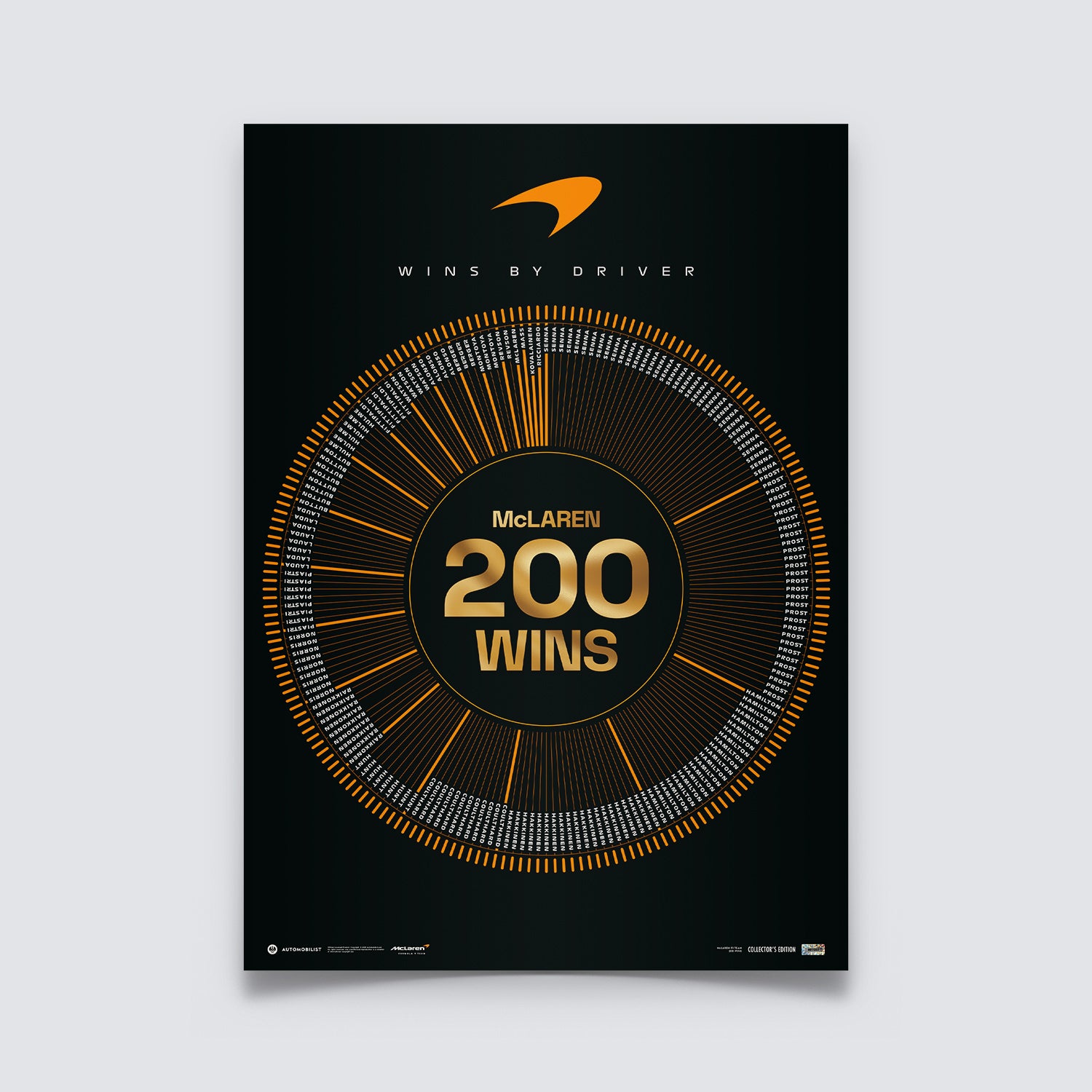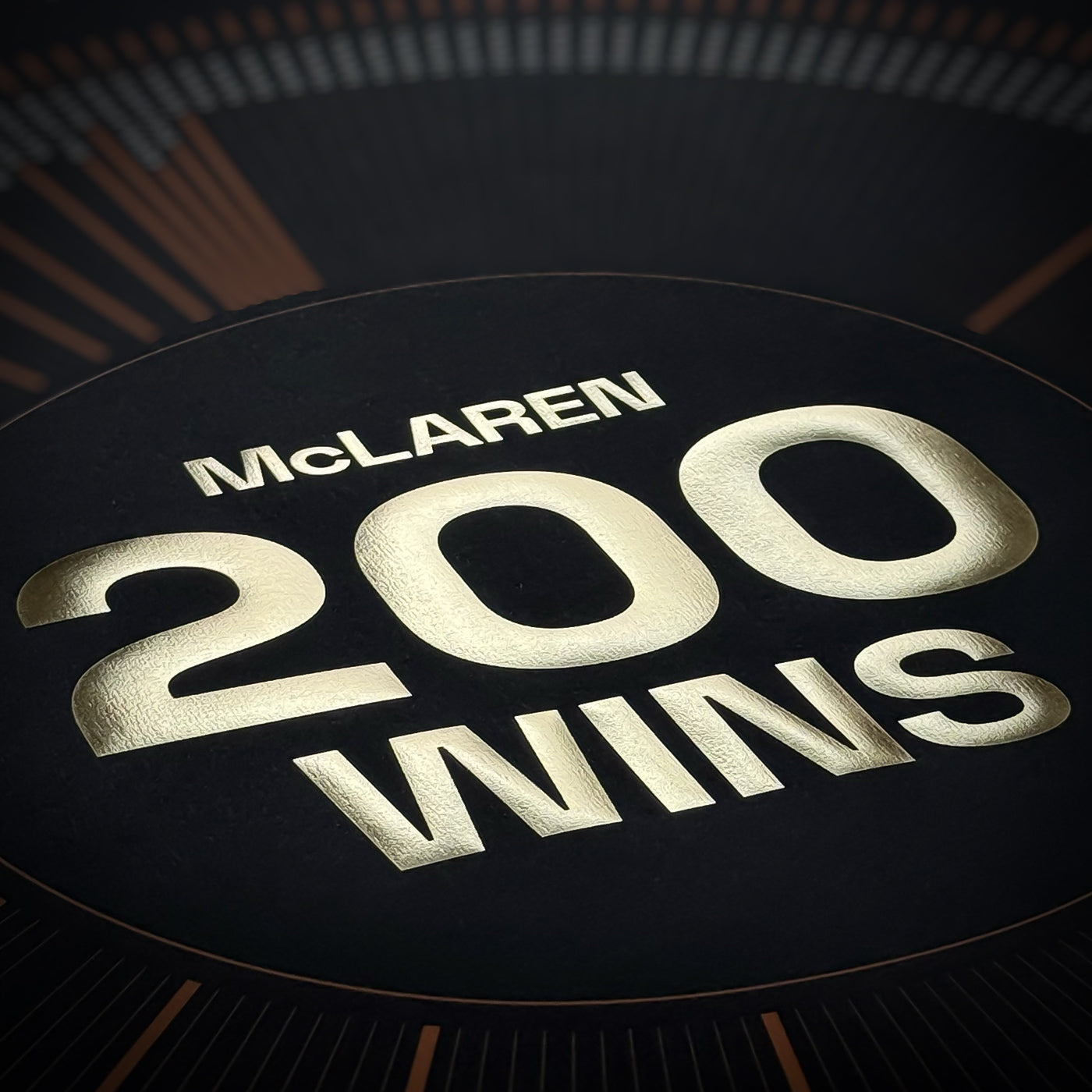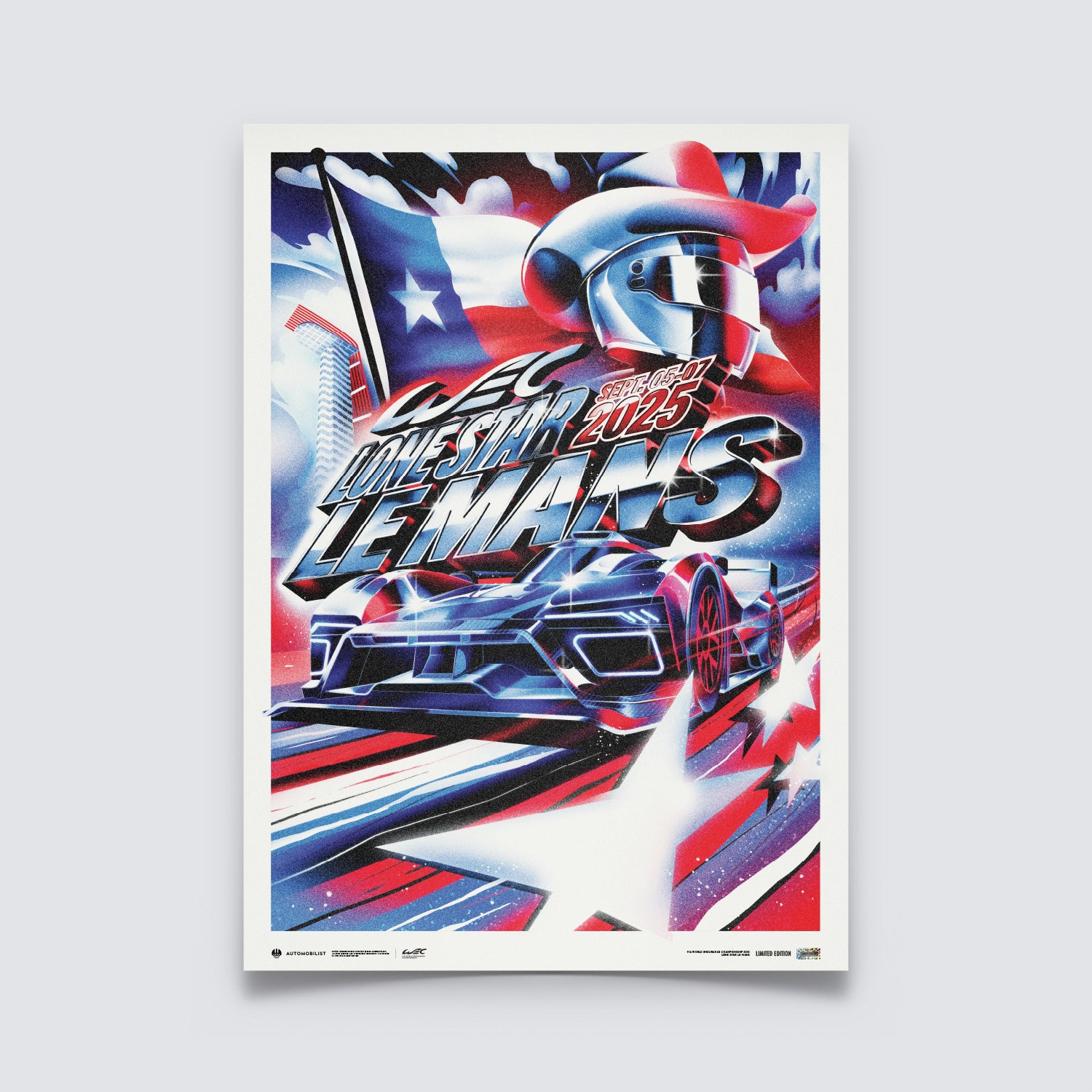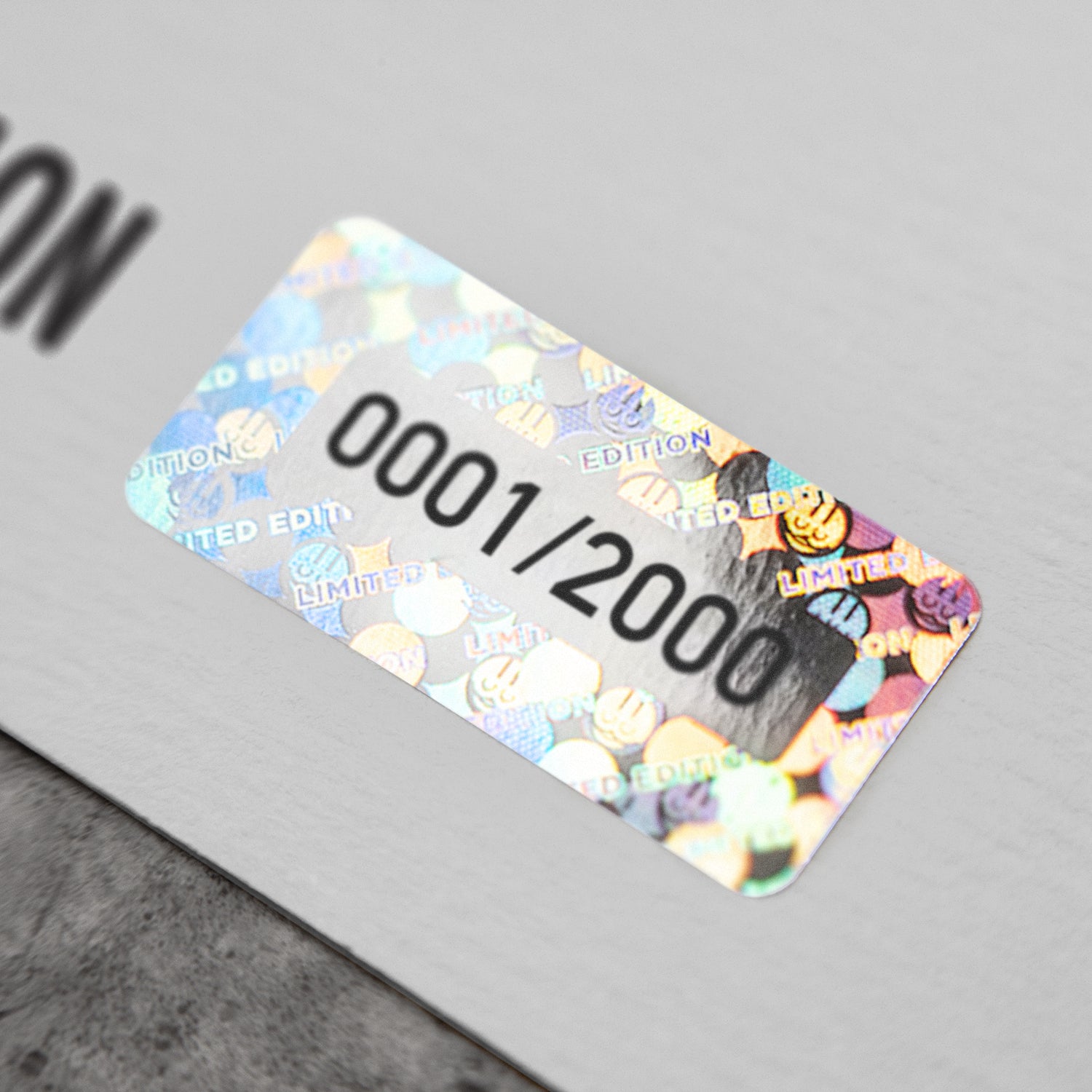“Then the car sailed over the wall. It turned over while in the air and smashed nose-first into the ground. It bounced high twice. Then it exploded in flames and landed on its back. At the wheel, Bill Vukovich was dead.”
That matter-of-fact description of the death of one of the greatest racing drivers you have probably never heard of sums up how much motor racing safety has changed since that fatality in the Indianapolis 500 on 30th May 1955. Contrast it with the stunned reaction when Romain Grosjean emerged from the ball of flame surrounding his Haas in the Bahrain GP a few weeks ago. The Frenchman’s crash reminded everyone of the almost forgotten fear of fire, with the last F1 driver to die from smoke inhalation while trapped in a burning car, was Elio di Angelis following a crash during testing at the Paul Ricard circuit in May 1986.

But back to Bill Vukovich, who would have turned 102 on 13th December, if he had not been killed at the age of 36 while leading the 1955 Indy 500 by 17 seconds. Of course “Vuki” was leading. That’s what Vuki did. But a chain reaction initiated when Rodger Ward’s car flipped over as its axle broke led to the fatality. It was an horrific accident with Vukovich’s Offenhauser-powered Kurtis Kraft car cartwheeling over the barrier and landing on parked spectator cars, after the driver had tried everything he could to avoid the cars spinning ahead of him. By then, Vukovich had been partly decapitated when he smashed into a bridge near Turn 2. At the time, the Indy 500 was a round of the Formula 1 World Championship even if the regular European competitors took no part in the American event, which meant that Vukovich was the first ever death recorded in an F1 World Championship race.
Born to Yugoslav immigrants, Vukovich grew up on a farm in California and first raced when he was 18. He soon began to dominate the Midget racing scene in a car he called “Old Ironsides.” He won race after race on the west coast tracks, but not without paying a heavy price in terms of injuries that meant he was unfit to serve in World War II, servicing Army trucks instead.

After the war, the midget racing scene lost its luster, but Vukovich kept winning almost everything and he was approached by Rex Mays, who had taken pole at Indy four times and persuaded to leave his beloved California and expand his racing horizons. According to Vukovich’s elder brother Mike, “Rex told Billy he needed to go back east to run and then go to Indianapolis. He told him, ‘Vuky, if you can make that little Offy (Offenhauser) talk like you did tonight, you should be able to make one of those big ones sing.’”
Vukovich made his mark on America’s most famous motor race in the space of just five short years. In 1950 he failed to qualify and a year later he finished a lacklustre 29th. In ’52 he had victory in his sights when a steering arm broke, sending him into the wall. In 1953, the race was run in boiling hot weather, but Vukovich shrugged off the hardship as he was incredibly strong, taking his personal fitness very seriously. He led 195 laps to win. The following year, qualifying had not gone well and he started from 19th, but after 375 miles he was leading again and he went on to win by a massive minute to claim back-to-back victories.

1955 should have been the year Vukovich would take an unprecedented hat-trick. He was certainly the favourite, with the bookies and the crowd and would start from the middle of the second row. Reports from the time suggested that Vukovich was not himself that weekend, strangely quiet, even telling his wife, they should forget the race and head home. On race morning, he was staring at the crowd and told another driver that the fans regarded them as freaks and that they were right to do so. It was as though he had a premonition of what was to come. And so his legacy in the Indianapolis Hall of Fame would be the two wins and an amazing statistic: in total he raced 676 laps at “The Brickyard” as the circuit is known and led 485 of them, or an amazing 71.75%
1955 was a particularly black year for motor racing. A fortnight before Vukovich’s death, Manuel Ayulo was killed in practice at Indianapolis when his car ploughed straight into a concrete wall and on 26th May, Alberto Ascari was killed at Monza. Two weeks after the Indy 500, motor racing’s worst ever accident took place at the Le Mans 24 Hours when Pierre Levegh’s car flew into the crowd killing himself and 83 spectators. It took a further four years, until 1959 for fire suits and roll over bars to be made mandatory for Indycars. Vukovich’s son, also called Bill, followed his father’s footsteps racing midgets and in Indy, where he was Rookie of the Year in 1968. His son, Billy Vukovich III was also Indy 500 Rookie of the Year two decades after his father in 1988, but tragedy struck the family once more when he was killed practicing for a sprint car race in 1990.
Images courtesy Indy Speedway / Motorsport Images


